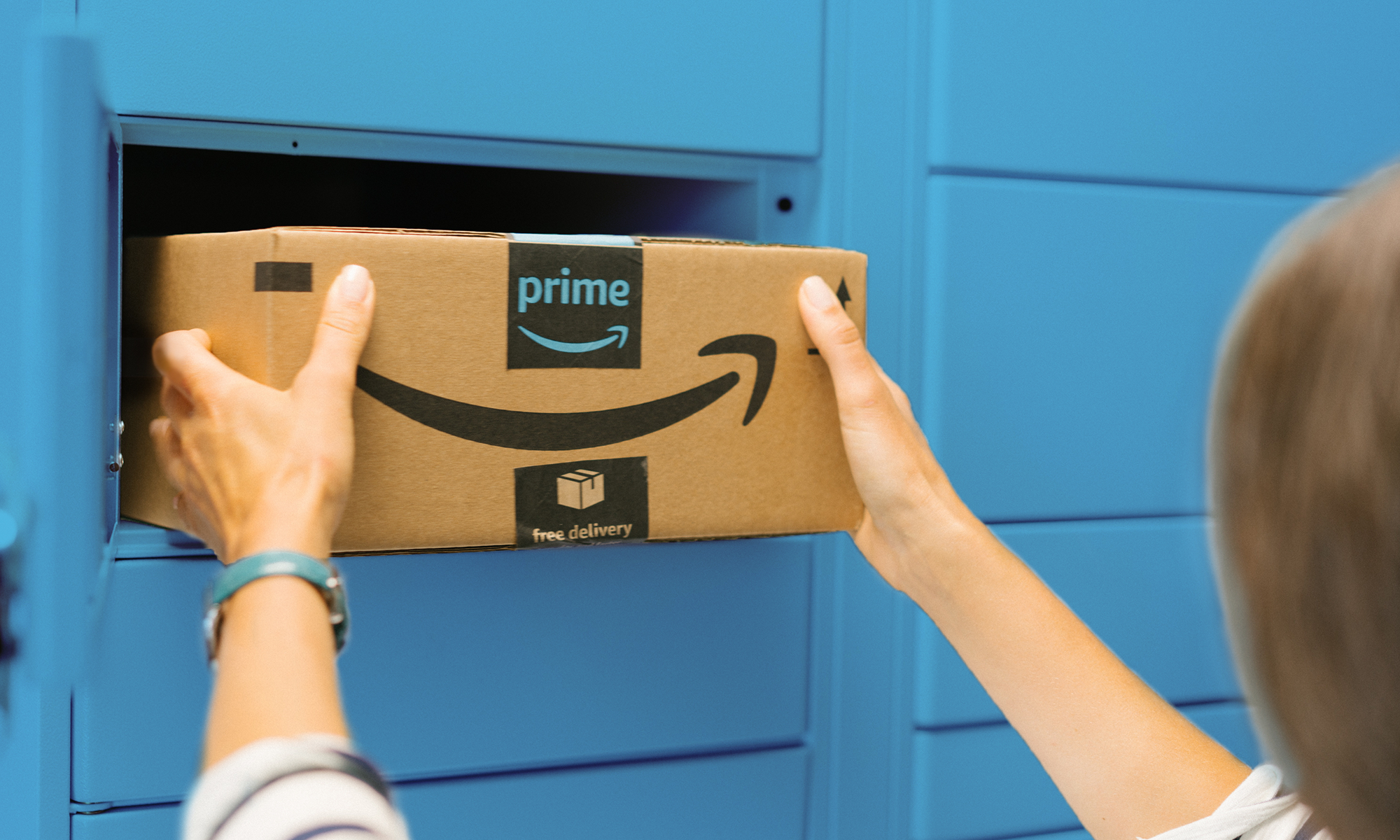While most stocks are still languishing with double-digit percentage price declines so far in 2020, not so with Amazon (AMZN +1.98%). The e-commerce titan is back to making new all-time highs and is up 22% on the year, compared with a 13% decline for the S&P 500.
In hindsight, betting on Amazon at the onset of the coronavirus-induced market crash and ensuing lockdown on the economy was a no-brainer. Digital shopping has gone from a preference to an essential need for millions of households in the last month. And businesses went from digital updates being a high priority to a matter of survival. Both developments play into the hands of Amazon. While buying earlier in 2020 would have been far better, even at all-time highs investors could do far worse than Amazon stock.
Buy for all things e-commerce
It's difficult to sum up all of the digital commerce tools Amazon provides for customers. The tech-enabled retailer ecosystem now encompasses everything from shopping to last-mile package delivery to smart home devices that serve as a constant reminder to stock up on household supplies. Far from its high-growth days being over, total sales in North America grew 21% in 2019 to $171 billion, and international sales grew 13% to $74.7 billion.

Image source: Getty Images.
Amazon's retail isn't exactly a high-profit margin business, though, just as is the case with other retail. The company reported basic operating profit margins of 4.1% and -2.3% on its North American and international segments, respectively, in 2019. The anemic return on pure merchandising gets offset by far higher returns on its third-party seller services, subscription services, and advertising (lumped into the "other" operating segment). Incidentally, those areas notched year-over-year increases of 30%, 32%, and 43% respectively during the recent holiday shopping season.
With much of the world's movement restricted as it battles COVID-19, and future consumer behavior likely to come out the other side significantly altered, it looks likely that the trends favoring Amazon's e-commerce are alive and well.
Buy it for AWS
While consumers know Amazon for the shopping experience, Amazon Web Services (AWS) has been the real rocket fuel propelling the stock higher in the last decade. Getting an early start farming out extra server capacity, AWS remains the top dog in global cloud computing infrastructure services a decade and a half since making its public debut. The "small" Amazon operating segment grew 37% to $35 billion last year.
In spite of making up just 12.5% of revenue in 2019, AWS accounted for 63% of total operating income. As with e-commerce, coronavirus is having a massive impact on organizations' behavior, the work-from-home movement being just one of the more observable developments. Cloud computing was already a massive industry expected to grow by double-digit percentages for the foreseeable future, and that trend appears to have been cemented in place by recent events. AWS should continue its fast and steady rise, and is the primary reason investors should give Amazon a serious look.
A free cash flow machine
Of course, there have long been arguments against Amazon due to its lack of earnings, and that argument remains. Even with AWS offsetting the lower margin e-commerce business, total operating income was just $14.5 billion in 2019, a 5.2% profit margin.
A far better measure of profitability exists, though. Free cash flow -- what's left after cash operating and capital expenses are paid and excluding non-cash line items like depreciation and amortization -- increased 33% to $25.8 billion. It still isn't a huge margin at 9.2% of total revenue, but bear in mind Amazon still heavily reinvests cash to promote its high-growth projects. Based on 2019 figures, the stock currently trades for 43.6 times free cash flow.
It's a premium-priced stock to be sure, especially after the massive market outperformance year-to-date. But such is par for the course with fast-growing companies that have even bigger profit potential down the road. By no means a buy-the-dip candidate, Amazon nonetheless deserves to be a core portfolio holding.






